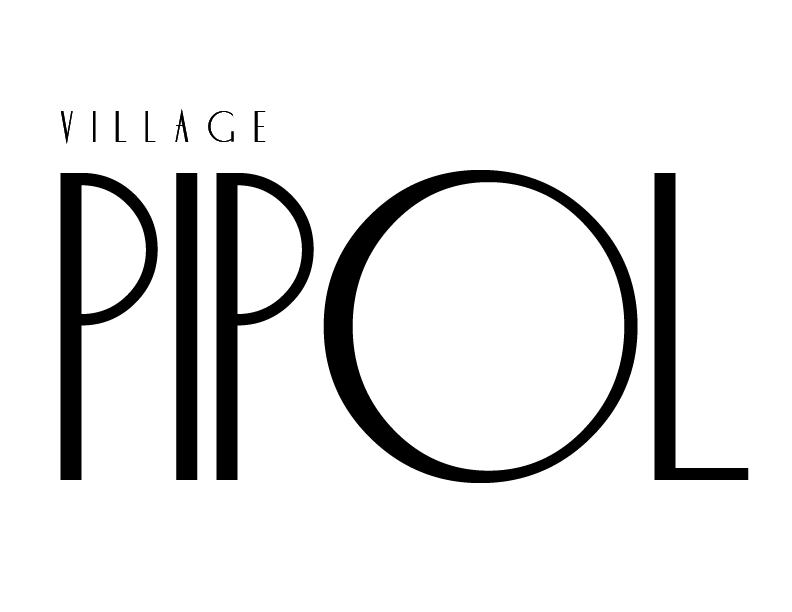Manila Carnival: Iconic First Beauty Queens of the Philippines

Beauty queens in pageantry are one of Filipinos’ pride and joy. Yearly, we compete internationally to prove our dominance when it comes to pageants. We always uphold our devotion to our candidates wholeheartedly.
After the recent conclusion of the Binibining Pilipinas 2022, we again are coming to another season of sending our delegates to an international competition. But, did you know that before the creation of a different international title, we already had a beauty pageant — the Manila Carnival?
Today, we are going to talk about Manila Carnival Queen and how it paved the way for the Philippines’ pageantry obsession.
Manila Carnival in History
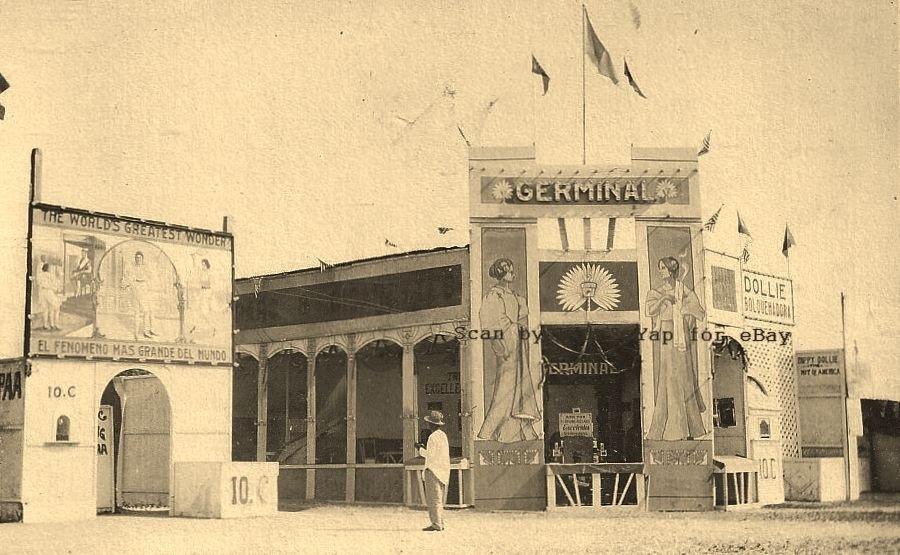
The creation of the Manila Carnival started after the American colonial administration organized a celebration of USA and Philippines relations. Mainly, the carnival helps to showcase our industrial, agricultural, and commercial progress. But the highlight of the festival is the crowing of carnival queens.
In 1908, the first Manila Carnival was held at Wallace Field in Luneta Park. The candidates were selected through a voting system. If the carnival queen was elected and won, they were in a position to promote the exhibit. Additionally, the carnival queens who won reigns for a year were tasked to meet with government officials. This has helped promote the country’s industry and attracted viewers.
In 1926, the pageant changed into a National Beauty Contest wherein it was not just to promote the industry but also became a competition. Various titles also appeared, such as being crowned Miss Philippines. Meanwhile, the runner-ups are named after regions—Miss Luzon, Miss Visayas, and Miss Mindanao.
Iconic Beauty Queen who won the title
The winners of the Manila Carnival are privileged to reign for a year. Most of the winners are selected and represented their provinces prior to the competition. In particular, candidates were composed of clever high school students who sometimes came from prominent families. Because of this, the way of winning the Manila Carnival was seen as a ticket for women’s movement and rights.
Here are some of the iconic winners of the Manila Carnival who did not just win, but used their influence for women empowerment.
Purificacion ‘Pura’ Villanueva Kalaw

The first winner of the Manila Carnival was a journalist, feminist, and writer. Before she won the title in 1908, Pura was actively organizing a suffrage group in Iloilo. This has reached the Philippine Assembly in 1907, allowing the first suffrage bill.
She’s also an active columnist in a newspaper called El Tiempo. Her reign as Manila Carnival queen is a step for women’s right to vote, the creation of different women’s rights, and organized women’s groups. She was honored with the Presidential Medal in 1951 by then President Elpidio Quirino.
Paz Marquez-Benitez
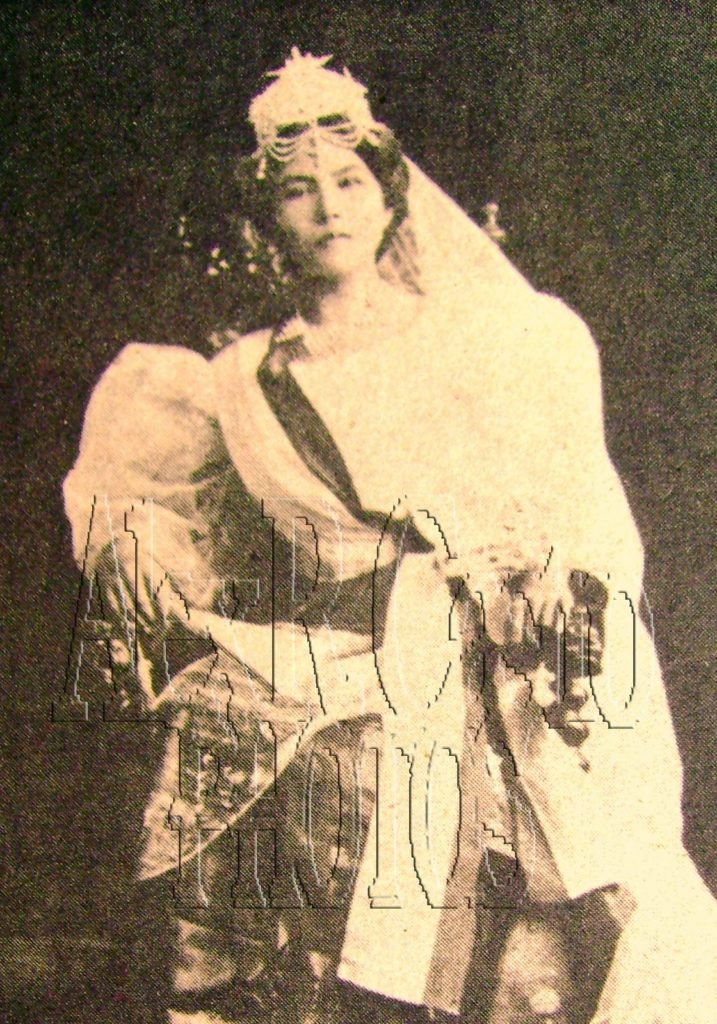
Paz won the 1912 Manila Carnival and became one of the icons in Philippine Literature. She’s from a very prominent Marquez clan in Quezon province and uses her status in education. Her most famous work Dead Star (1925) inspired many writers that display American Imperialism in our country.
Her legacy as a writer and a professor saw the emergence of prominent writers in the Philippines. Most of them are Paz students that she helped and trained to become what they become today.
Maria Kalaw Katigbak
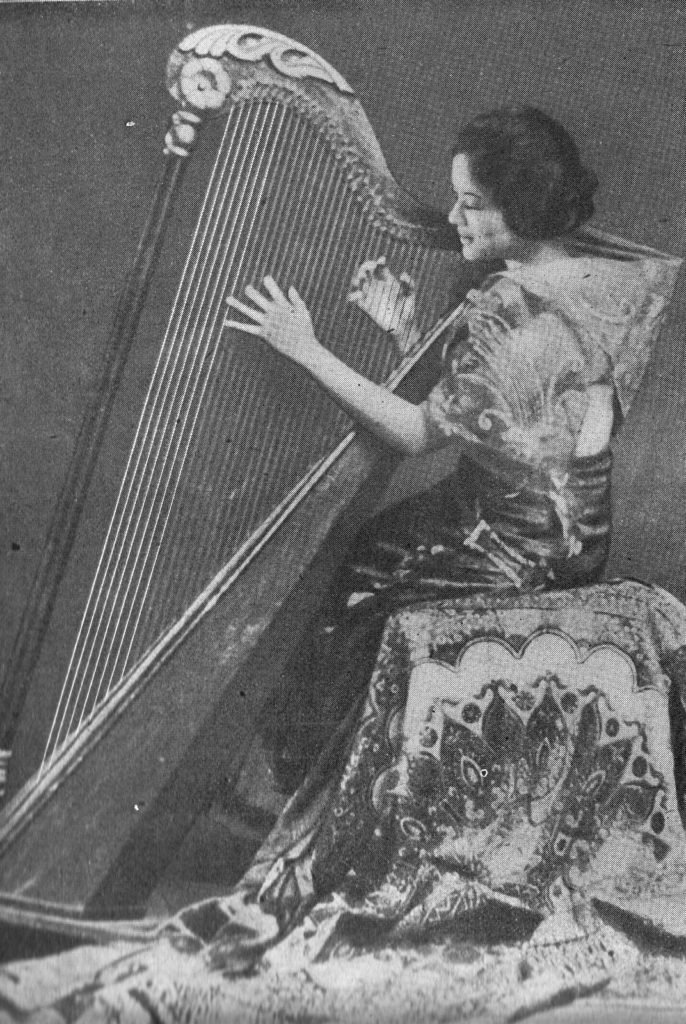
Just like her mother Pura, Maria Kalaw Katigbak won the 1931 Manila Carnival. In her career, she became a journalist and Senator of the Philippines from 1961 to 1967. She was the lone female senator during that time and passed several Senate Bills.
Beauty queen impacts in today’s society
Although the pageant ended in 1939, the memories and impact it brought as a pageant remain. It also lead to some women’s victory in their respective careers. Some became journalists, politicians, and activists that reigned as the voice of women’s power. Moreover, Manila Carnival didn’t just help showcase our industrial and agricultural progress but presented a caliber of women who can stand up for rights and call for unfairness in society.
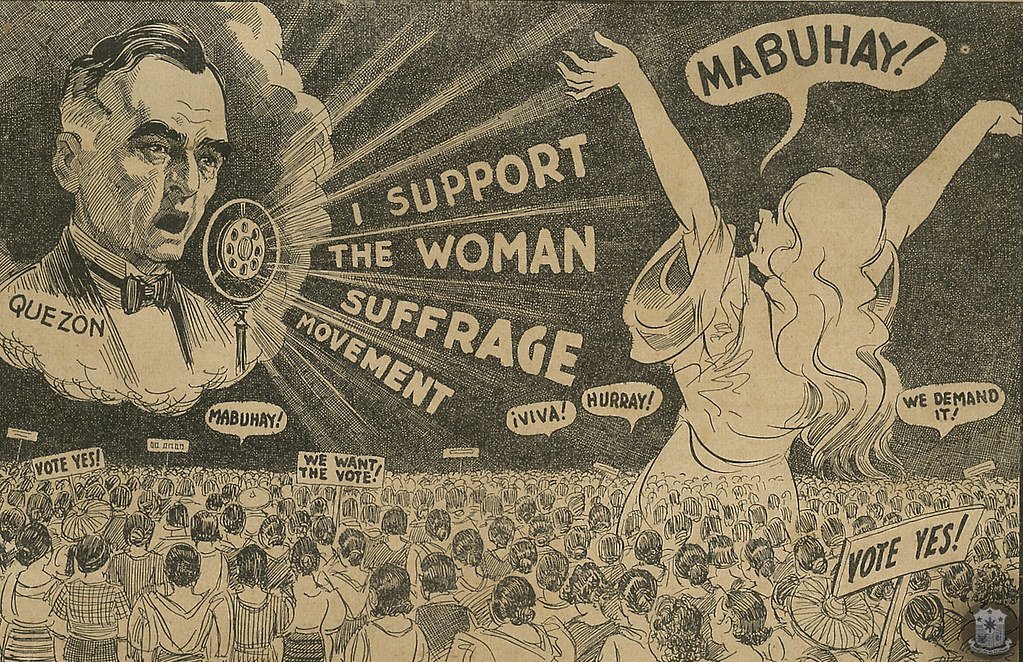
Today as we look back at the hype we have for pageantry, it is also a reminder that more than the title, a queen does not just hold a power of representation but a tool; to create a movement and to show the world positive change.
A scaredy little boy, yet still dreaming big as a writer. Kenneth often can be seen chillin’ at his own killing time binge watching or sometimes your outgoing friend that helps you cheer up. He’s creative when his passion for writing is mentioned, a mid-tier artist; but never had a talent for dancing and singing. He’s a dreamer and believer. You might see him stuck in the corner but very approachable guy and fun to be with. If you want to know more about the story he might think, follow his journey.

